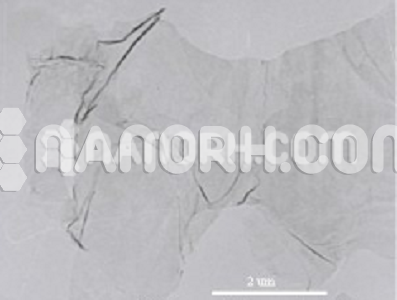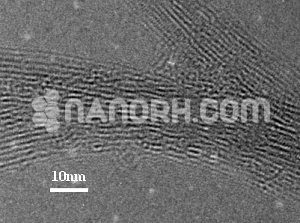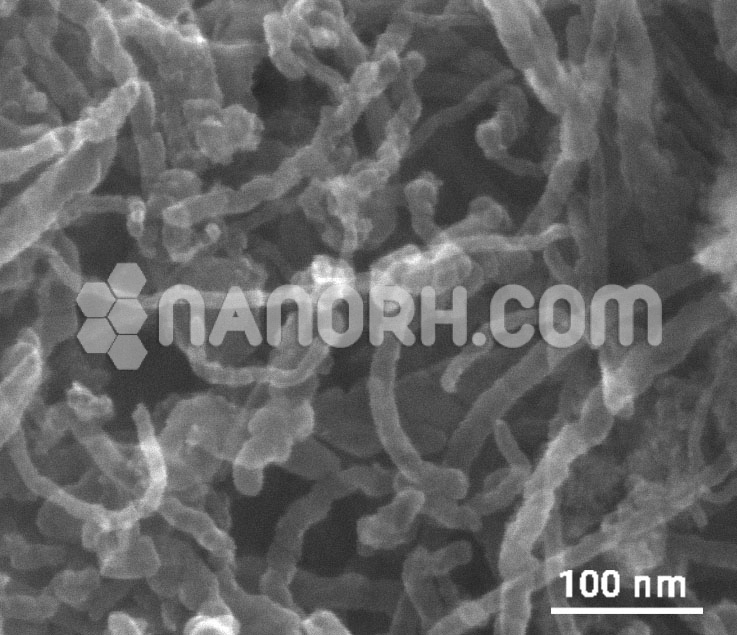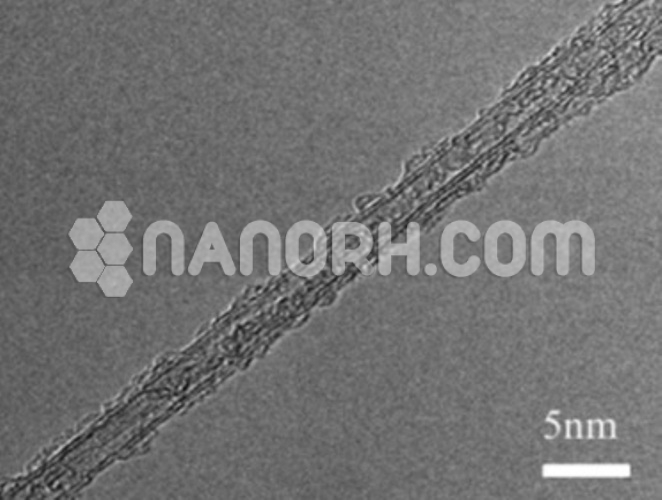| Research Grade Single Layer Graphene Oxide Nanopowder with High Purity 99.8% | |
| Product No | NRE-39026 |
| CAS No. | 7782-42-5 |
| Formula | C |
| Molecular Weight | 12.01g/mol |
| APS | NA |
| Purity | >99.8% |
| Color | Grey |
| Density | ±2.20 gm/cm3 |
| Electric Conductivity | 3600 °C |
Research Grade Single Layer Graphene Oxide Nanopowder
Introduction
Research grade Single-layer graphene oxide nanopowder (GO) is a form of graphene where individual graphene sheets are chemically modified with oxygen-containing functional groups, such as epoxides, hydroxyls, carboxyls, and carbonyls. These modifications significantly alter the intrinsic properties of graphene, such as its electrical conductivity, mechanical strength, and hydrophobicity, making graphene oxide an important material for various applications where these altered properties are desirable.
Applications
Composite Materials
Polymer Nanocomposites: Single-layer graphene oxide nanopowder is commonly used as a reinforcement material in polymer nanocomposites. The oxygen-containing functional groups on graphene oxide allow it to interact strongly with polymer matrices, improving the mechanical strength, thermal stability, and barrier properties of the composite.
Conductive Composites: While graphene oxide itself is an insulator due to the presence of oxygen groups, its electrical conductivity can be restored through reduction processes or by combining it with other conductive materials, such as conductive polymers. This allows the production of conductive composites used in electronics, EMI shielding, and antistatic coatings.
Thermal Management Composites: The high surface area and thermal stability of graphene oxide make it an ideal filler material for thermal interface materials (TIMs) and heat dissipation applications in electronics and power systems.
Energy Storage and Conversion
Supercapacitors: In energy storage applications, graphene oxide nanopowder is utilized for the production of supercapacitors (ultracapacitors), which store electrical energy electrostatically. The oxygen groups on the surface of graphene oxide enhance its surface charge density, and when reduced, graphene oxide can improve electrical conductivity. GO-based supercapacitors offer fast charge/discharge times and high power density, making them suitable for electric vehicles, renewable energy systems, and emergency power backup.
Batteries: In batteries, graphene oxide nanopowder is used to improve the capacity and cycle stability of lithium-ion and sodium-ion batteries. The oxygenated groups facilitate ionic conductivity, while the large surface area of graphene oxide enhances the electrochemical performance. These batteries can be used in consumer electronics, electric vehicles, and grid storage systems.
Electronics and Optoelectronics
Flexible Electronics: Graphene oxide is widely used in flexible electronics because of its mechanical flexibility and ease of dispersion in water-based solutions. GO nanopowder can be processed into thin films for flexible displays, touchscreens, wearable electronics, and smart textiles. Once reduced, it also exhibits high conductivity, making it suitable for transparent conductive films and flexible circuits.
Printed Electronics: Graphene oxide nanopowder can be used in printed electronics. By preparing graphene oxide ink from GO nanopowder, it can be printed onto various substrates to create printed circuit boards (PCBs), antennas, sensors, and RFID tags. The cost-effectiveness and scalability of this process make it highly attractive for mass production of electronic devices.




